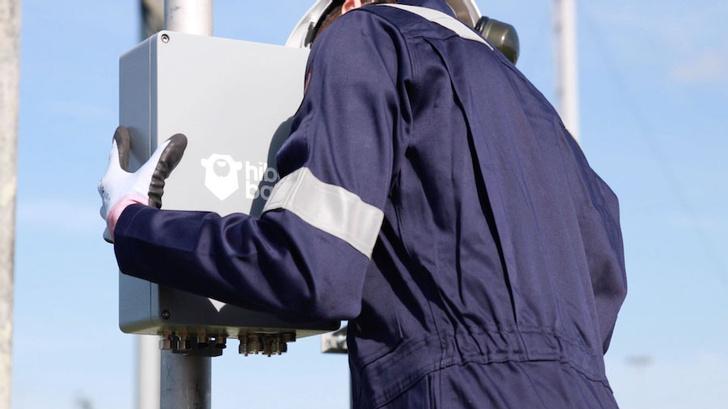Several IoT startups that have built business plans around combined terrestrial and satellite networks have given up on the satellite portion of their dreams. Most recently, Hiber, a European satellite IoT provider, said this week that it will partner with Inmarsat’s new Elera network for the space-based portion of its network, using LoRaWAN for the rest.
Last month, Hiber filed with the FCC to drop plans to launch its own constellation. Meanwhile, Myriota, another startup, has partnered with a company called Spire rather than launch its own birds. We also saw Swarm agree to be acquired by SpaceX after proving out its business model and launching 120 small sats.

What on earth is going on with this space? I reached out to Tim Farrar, an analyst who covers the satellite industry, for his insights. Y’all may remember Farrar, who is the president of TMF Associates, from a bearish interview he gave on the podcast back in August 2019, when he warned that the economics of providing low-cost connectivity for IoT devices and the costs of operating a satellite network were out of whack.
Indeed, that’s what’s driving companies such as Myriota and Hiber to change their plans, and is what’s behind the acquisition of Swarm. Even with smaller satellites, building a profitable wireless network is hard. On one side, there’s a capital-intensive phase that requires establishing connectivity (in this case, by building and launching satellites) and on the other, these companies must establish a market for the connectivity.
But while the economics of building and launching satellites have changed dramatically, the demand for devices that rely on satellite networks hasn’t kept up. The biggest growth has come from people-tracking products, such as the Garmin inReach walkie-talkies, which people can wear into the wilderness and use to get help if needed. There are also rumors that Apple may include some form of satellite service in an upcoming iPhone.
While this is a real and growing market, however, it isn’t enough to justify the launch of constellations by almost a dozen companies whose goal is to be IoT connectivity providers. So former connectivity players eschew bandwidth and turn to full solutions in order to provide a service that isn’t a commodity and eke out more revenue per customer.
This is the goal Hiber is working toward by providing the sensors and software that can be used to monitor pressure, location, temperature, and even vibration. In that situation, connectivity is just infrastructure as opposed to a competitive advantage, which is why we see the company turning to Inmarsat for service. Farrar noted to me that several companies are making this pivot, and wondered how well they will do.
As he put it: “The issue is, again, if you started your company with satellite techs to make small sats and launch them, then pivoting to analytics and solutions is all very well, but are you going to win against someone who has expertise in that area?”
Another challenge for companies that are using small satellites is that they tend to degrade faster. That means a company that wants to build a viable business selling connectivity has only a year or two to get the satellites (and network) operational, with lots of coverage, and then find customers who will help fund the next capital injection required for the launch of new satellites. Whereas when the satellite companies built giant birds in the 90s, they were able to sit there for a few years (sometimes those companies filed for bankruptcy) before demand picked up to the point where there’d be enough revenue to sustain a continual refresh of the constellation.
According to Farrar, an unwillingness to fight through this cycle without a clear plan for a large customer base is what prompted Swarm to sell to SpaceX. Such an unwillingness is also what helps drive satellite startups such as Myriota and Hiber to look to larger, more well-funded players for the network.
Companies such as Spire, which is publicly traded; BlackSky, which went public last month via a special purpose acquisition company (SPAC); and Planet Labs, which will raise more than $500 million via a SPAC; are the beneficiaries of this decision-making. As an aside, Spire is a good example of a company trying to offer analytics in addition to connectivity.
There’s clearly a lot of money and investor interest in funding satellite connectivity, especially for the IoT. While we’re only a few years into the wave of startups built on the premise of everything needing to be connected, some winners are emerging. And those companies are banking on more than simple connections. They need an analytics story and cash — a lot of cash.
